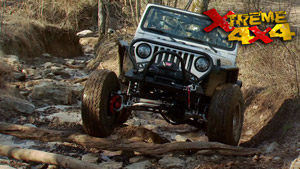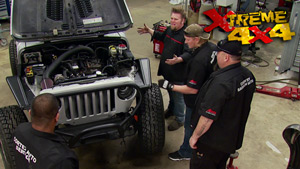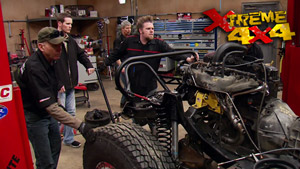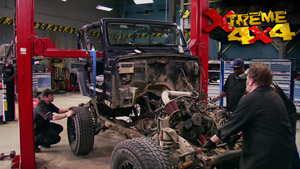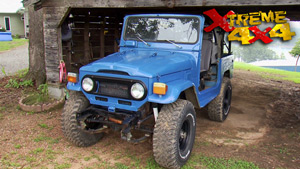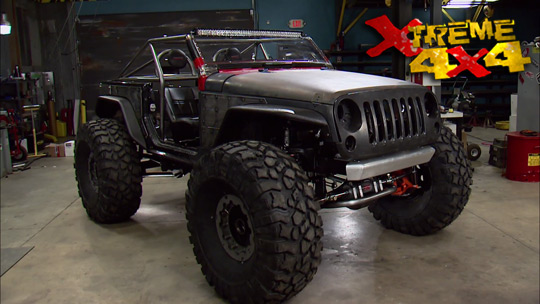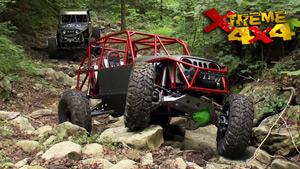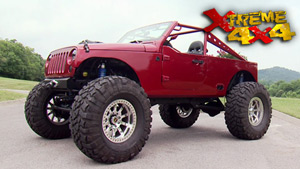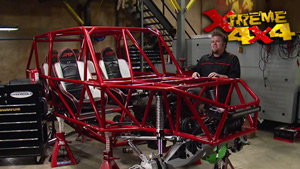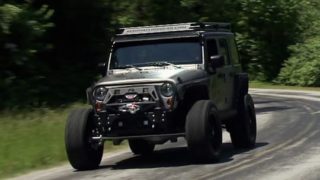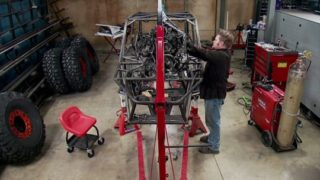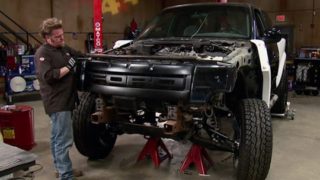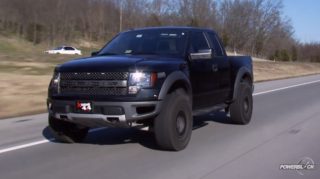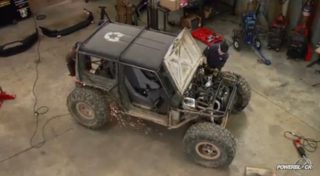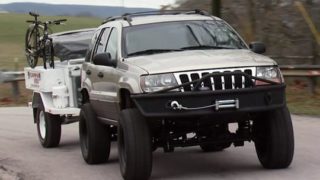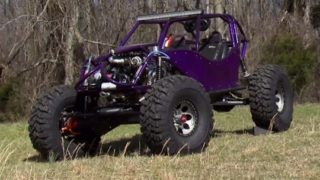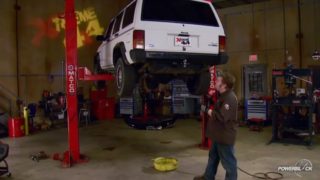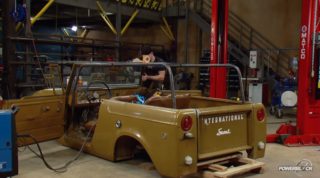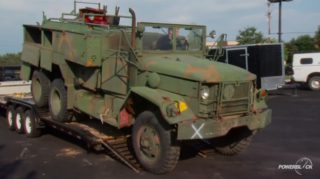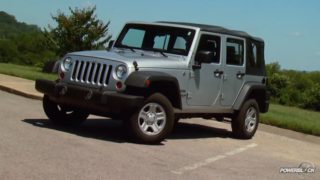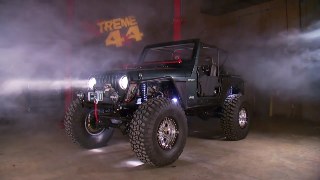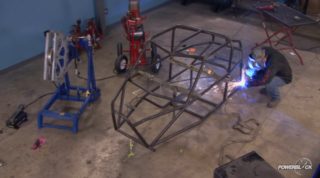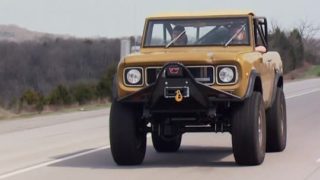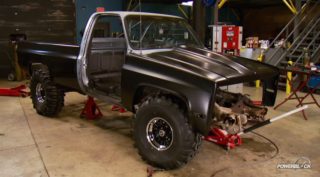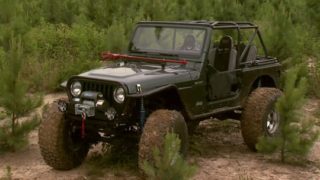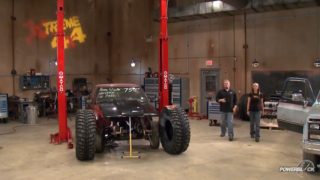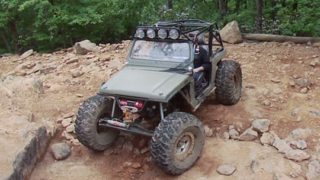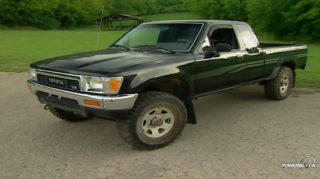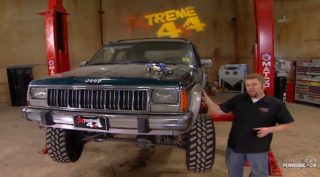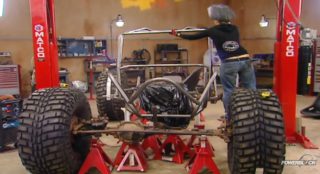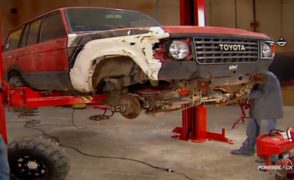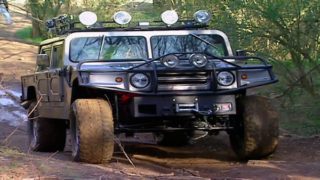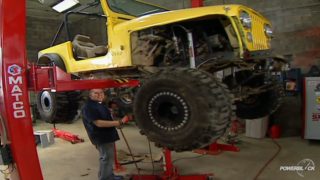Xtreme 4x4 Builds
Want more content like this?
Join the PowerNation Email NewsletterParts Used In This Episode
Interco Tire Co.
Irok 39.5x13.5" tires.
Skyjacker
Moab Easter Jeep Safari.
Software Solutions Inc.
Bend Tech Pro is a computer program that will help in the pre-planning of any tubular project.
Spidertrax
Axle housings with ultra-high ground clearance, one piece 1/4" thick shell construction, and 3"x.375" tubes; F450 Bearing Cups, Unit Bearings, oversized brake rotors with 4 piston calipers.
Spidertrax
The Ultimate Knuckle Assembly is fabricated with steel (not cast) for easy welding. Instead of ball joints, they used spherical bearings to allow for a full 60 degrees of turning without binding. These knuckles are large enough to house and Dana 60 joint, Bobby Long's CV Joints, or the new Spidertrax 1550 Joint.
Trail Ready
17x10" steel beadlocks with an extra wide lock ring to protect the valve stem and recessed fasteners to keep the bolt heads away from the rocks.
True Hi-9
Complete replacement Ford 9" carrier with optional 5:38 gears and ARB Air Locker. Hi-9 offers 2.25" of vertical seperation for the pinion, making it a high pioion differential. Plus, with the load bolt on the ring gear and the 3 bearing pinion,, this is one of the stronest carriers in the aftermarket.

